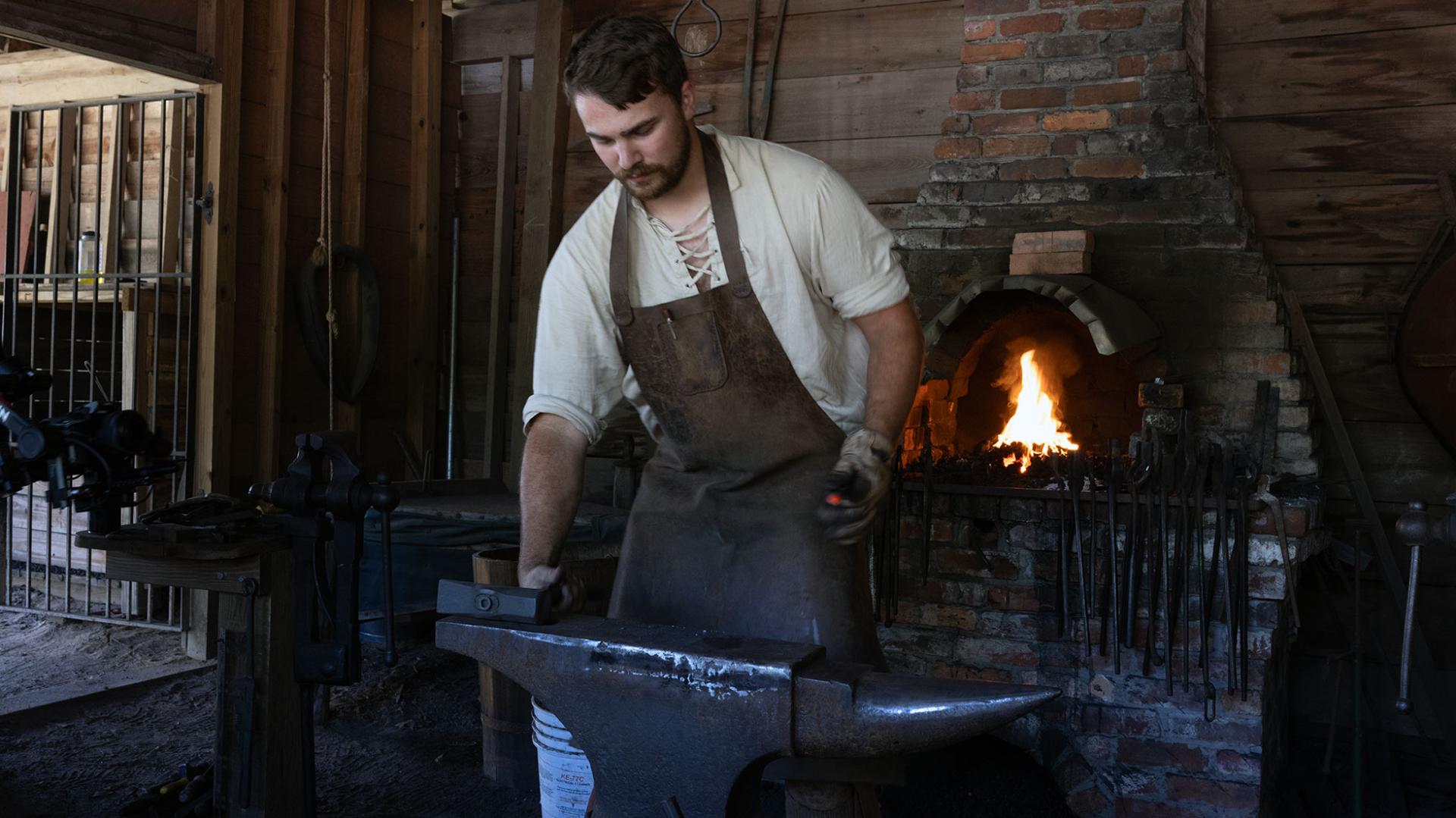In the final three years of the Revolutionary War, a vicious struggle raged in the Backcountry of South Carolina. While the Continental Army still fought a conventional war against the British, based in occupied Charleston, many Patriot militiamen took up arms for the cause of Independence and used them in a guerrilla campaign.
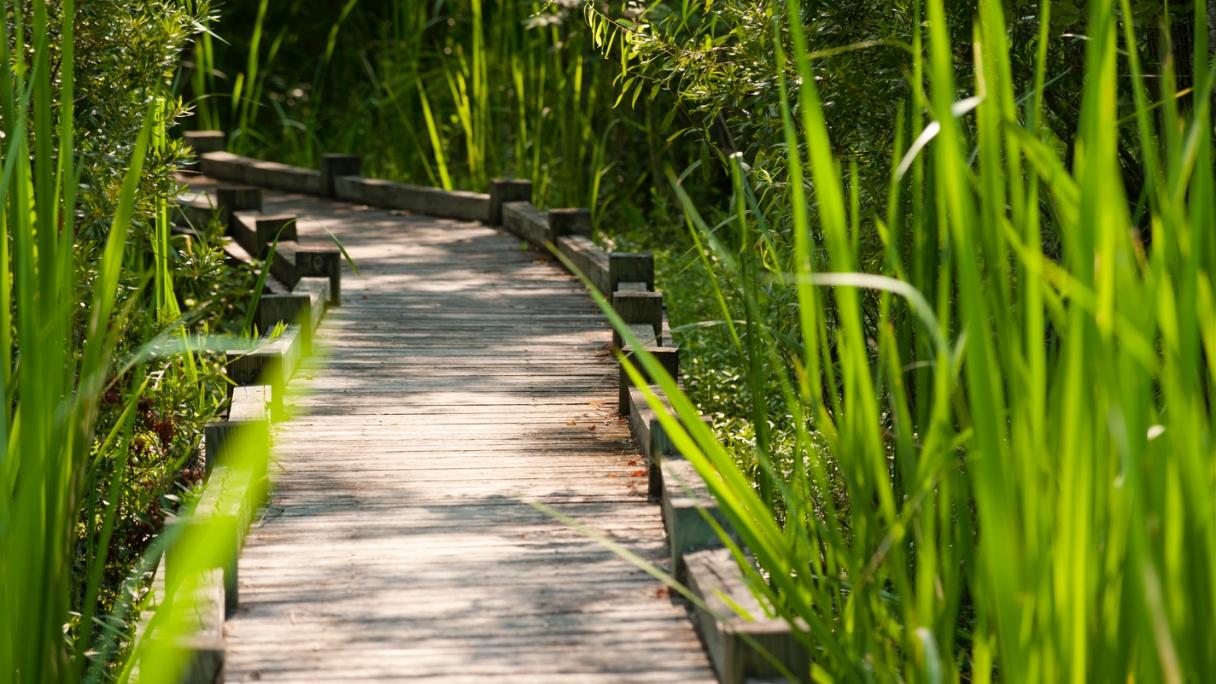
Details
http://www.oldsanteecanalpark.org/
Time
4-6 Hours (More if you like hiking)
The Old Canal is one of the oldest major construction projects in South Carolina begun after Independence and is the first true canal in all of North America. The area itself has a deep connection with the Revolutionary War, particularly the guerilla campaign of Francis Marion, popularly nicknamed “The Swamp Fox.”
What to do
- Visit the Berkley County Museum and Heritage Center, which covers the entire history of the area, from prehistoric remains to the 20th century. The museum places special focus on the life and exploits of Francis Marion, the South Carolinian planter who led a determined band of irregular militia through the backcountry against the British.
- If you enjoy nature, make sure to stop by Francis Marion National Forest. This forest is a great place to hike and a good example of the kind of environment Marion’s men would have found shelter from British soldiers. The site offers a wide range of outdoor activities, from hiking to horseback riding.
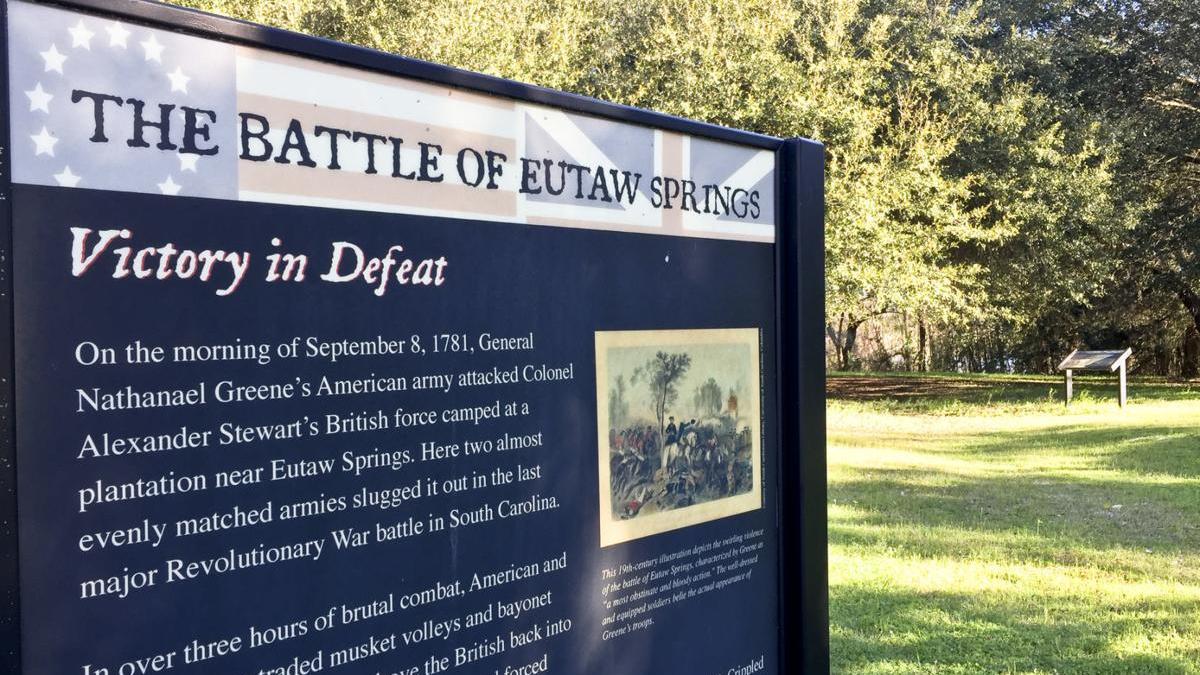
Details
The Battle of Eutaw Springs was the last major battle in the Carolinas before the end of the war. Much of the site has been preserved, despite the later creation of nearby Lake Marion in the 1940’s.
Time
1-2 Hours
What to do
- Find the grave of Major John Marjoribanks, who led the final attack on the British lines before he was mortally wounded.
- See the monument dedicated in 1912 to those who fought and gave their lives for Independence.
Details
https://www.historiccamden.org/
From 1780-81, the town of Camden was occupied by British forces under Charles Lord Cornwallis, who hoped that the military presence would finally rally the loyalist support he needed to maintain control of the area. The army destroyed much of the town after abandoning their position in 1781, but the mansion of Joseph Kershaw, where Cornwallis made his headquarters, has been reconstructed. The town soon bounced back after the war ended and continued to be an important fixture in the backcountry.
Time
3-4 Hours
What to do
- Take a guided tour through Camden’s extensive historic district, featuring reconstructed buildings like a model blacksmith shed, and the rebuilt Kershaw-Cornwallis mansion.
- Visit the Camden Battlefield and Longleaf Pine Preserve, where over 450 acres have been saved from overdevelopment. The Battle was one of the worst defeats for the Americans in the Southern Campaign, and where Bavarian-born officer and volunteer Johan De Kalb gave his life for the American cause.
- Visit the Bethesda Presbyterian Church, where de Kalb is buried.
- Take a driving tour of the Hobkirk's Hill Battlefield. Fought in April 1781, the engagement was a British victory but ultimately helped to influence their decision to abandon the garrison at Camden.
- The Camden Archives and Museum, which boasts extensive Pre-Columbian and Colonial collections of artifacts, genealogies and other local histories, with both permanent and rotating exhibitions.
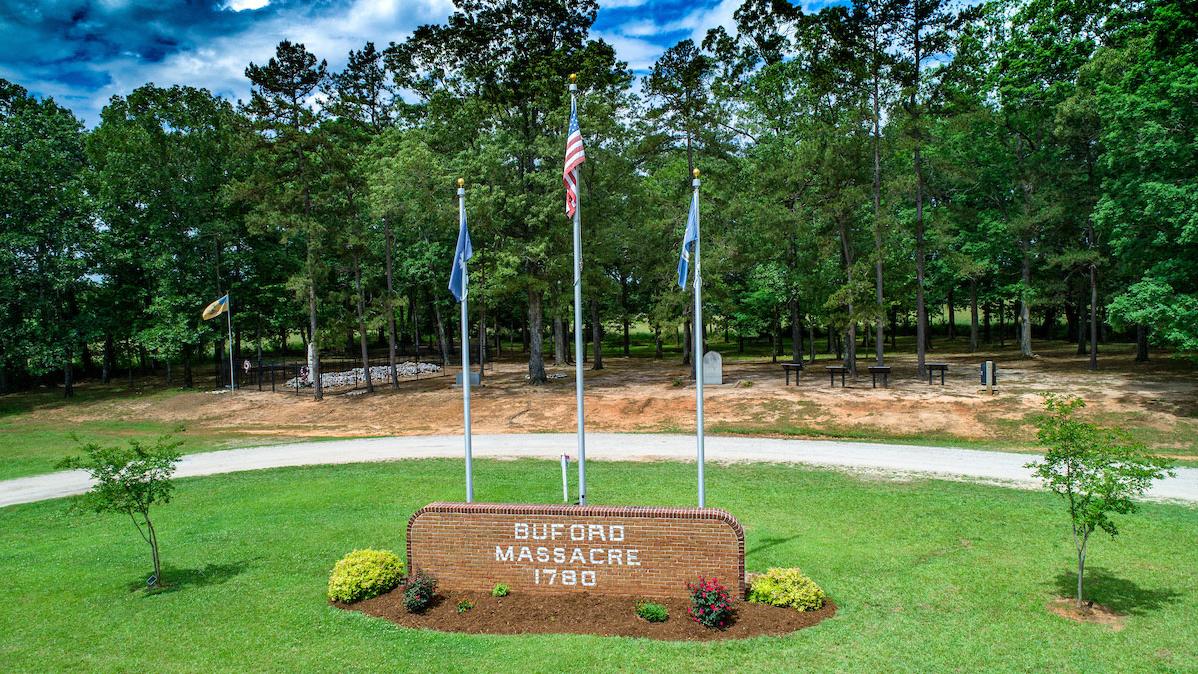
Details
http://www.nationalregister.sc.gov/lancaster/S10817729019/index.htm
Many examples of vicious fighting and wartime brutality marked the conflict in the backcountry, but the Battle of Waxhaws, also called Buford’s Massacre, was one of the most infamous events of the entire war. Around 100 Patriot militiamen were defeated and then slaughtered by a cavalry regiment of American loyalists led by the now-infamous Banastre Tarleton. Many of the wounded from this battle were taken care of by the mother of Andrew Jackson, who grew up in the area.
Time
1 Hour
What to do
- See the two separate monuments constructed for the battle site, one in 1860, the other in 1955. The 1860 monument marks where many of the American soldiers were buried.
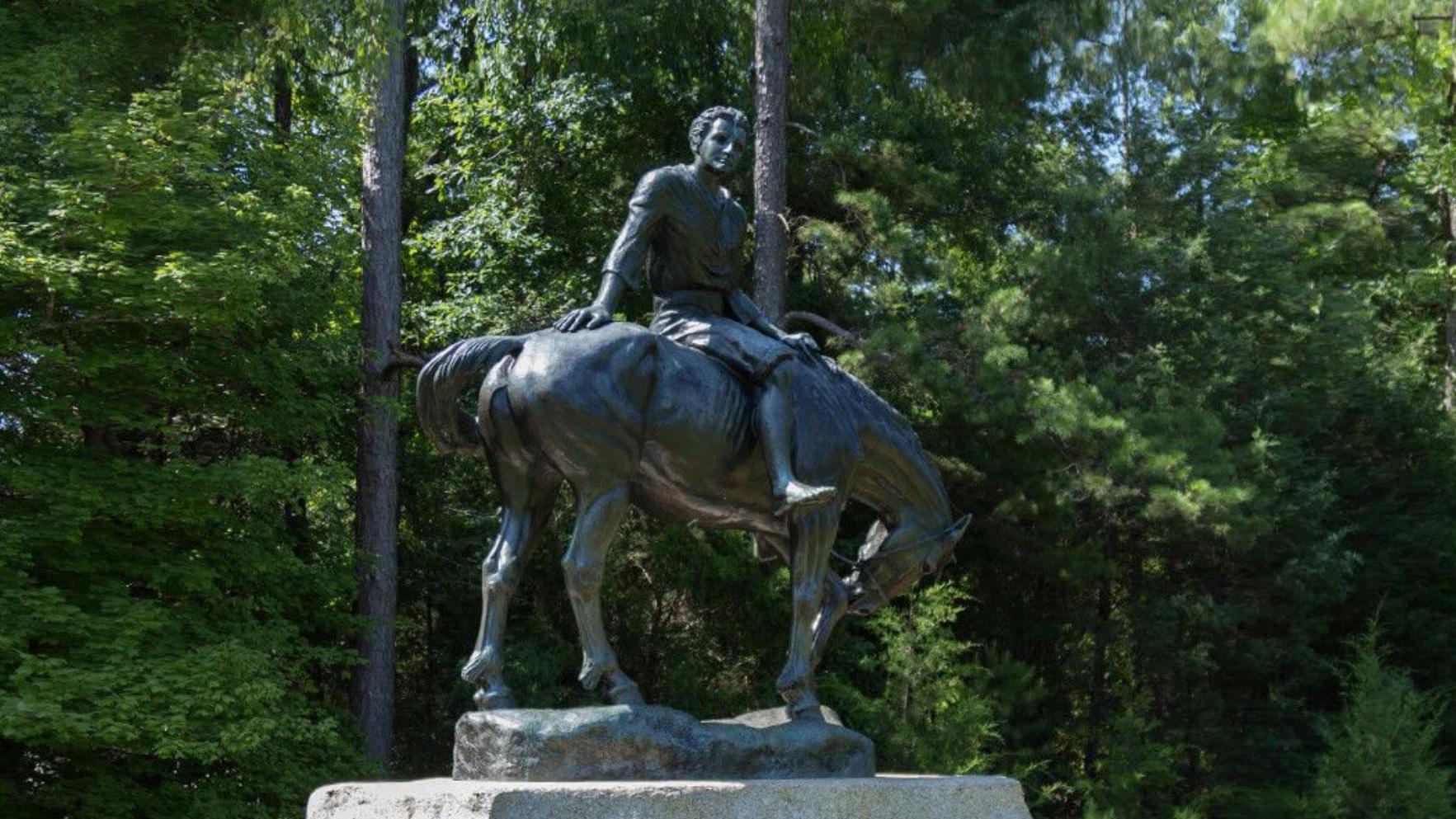
Details
https://southcarolinaparks.com/andrew-jackson
Although Andrew Jackson would first become famous at the Battle of New Orleans during the War of 1812, and later as the 7th President of the United States, he was also involved in the Revolutionary War while growing up in the Waxhaws region of South Carolina. Today, the modern park encompasses most of the area where he probably lived.
Time
2-3 Hours
What to do
- The park’s museum contains many artifacts relating to both the Revolutionary War as well as those connected to Jackson personally.
- Schedule a tour, held throughout the year, that will take you throughout the park grounds and gain an in-depth knowledge of the area.
- Visit the Old Waxhaw Presbyterian Cemetery, where Jackson’s father and two of his brothers lie buried.
- Keep a lookout on when historical reenactments are being held, which include demonstrations on both military and civilian life in the late 18th century.
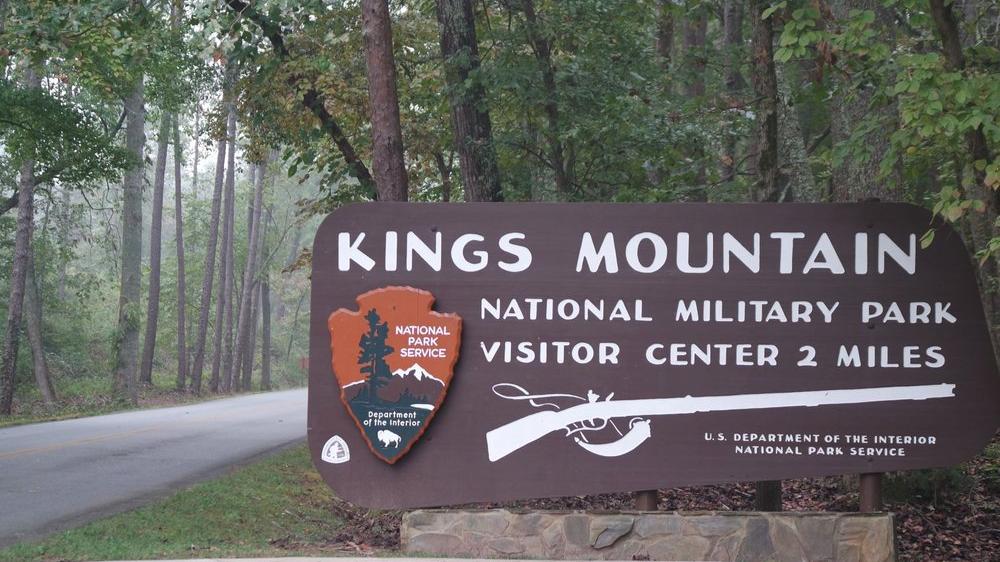
Details
https://www.nps.gov/kimo/index.htm
Kings Mountain was the first major American victory after the invasion and occupation of Charleston by the British. It also led to the death of Major Patrick Ferguson, the creator of the Ferguson Rifle, and one of the abler British officers to serve under Cornwallis. The battle was an important boost for American morale as they continued to struggle against the occupying redcoats.
Time
2-3 Hours
What to do
- The Visitor Center contains a museum with artifacts related to the battle, including an 18th century Ferguson Rifle. Visitors are also encouraged to watch the 26-minute film on the battle as well.
- Go hiking along the 1.5-mile nature trail or the 15 miles of equestrian trails.
- Keep an eye open on the events schedule on the National Park Service website.
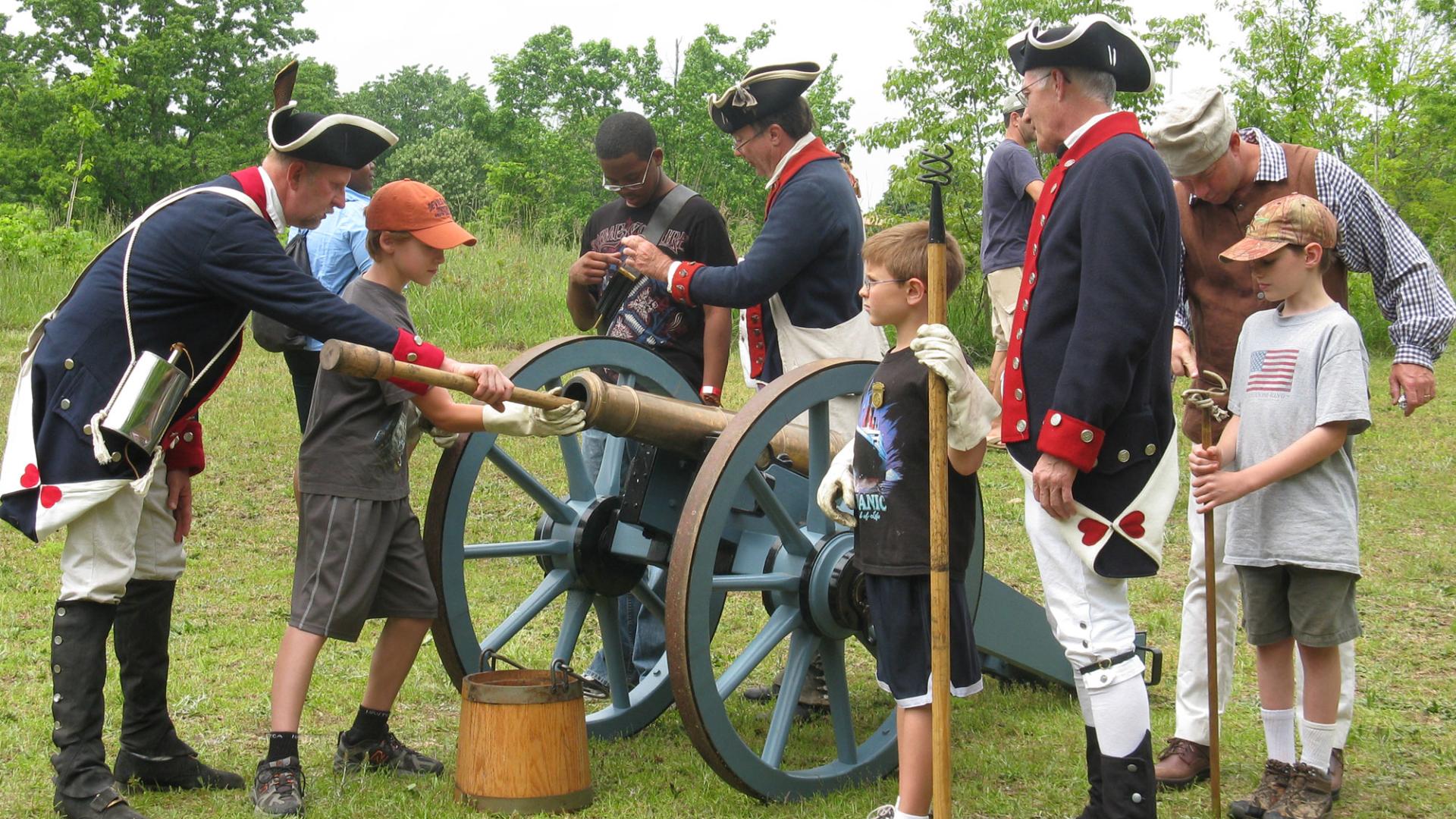
Details
https://www.nps.gov/cowp/index.htm
Cowpens was perhaps the most spectacular victory over the British in the entire Southern theater, with Saratoga hero Daniel "The Old Wagoneer" Morgan winning over the hated Colonel Tarleton. William Washington, a cousin of the future president, almost lost his life in the fighting, where he reportedly dueled with Tarleton himself. This defeat eventually convinced Cornwallis to abandon Charleston, and strike out for North Carolina, to this eventual defeat at Yorktown.
Time
2-3 Hours
What to do
- The Park Visitor Center also contains artifacts from the period, including a reproduction of a 3-pounder cannon, interactive activities for kids of all ages, and two films about the battle: one which depicts the events of the fighting, and one that focuses on Daniel Morgan’s specific tactics he employed against the British.
- The park includes both a foot and automobile trail, as well as a picnic area.
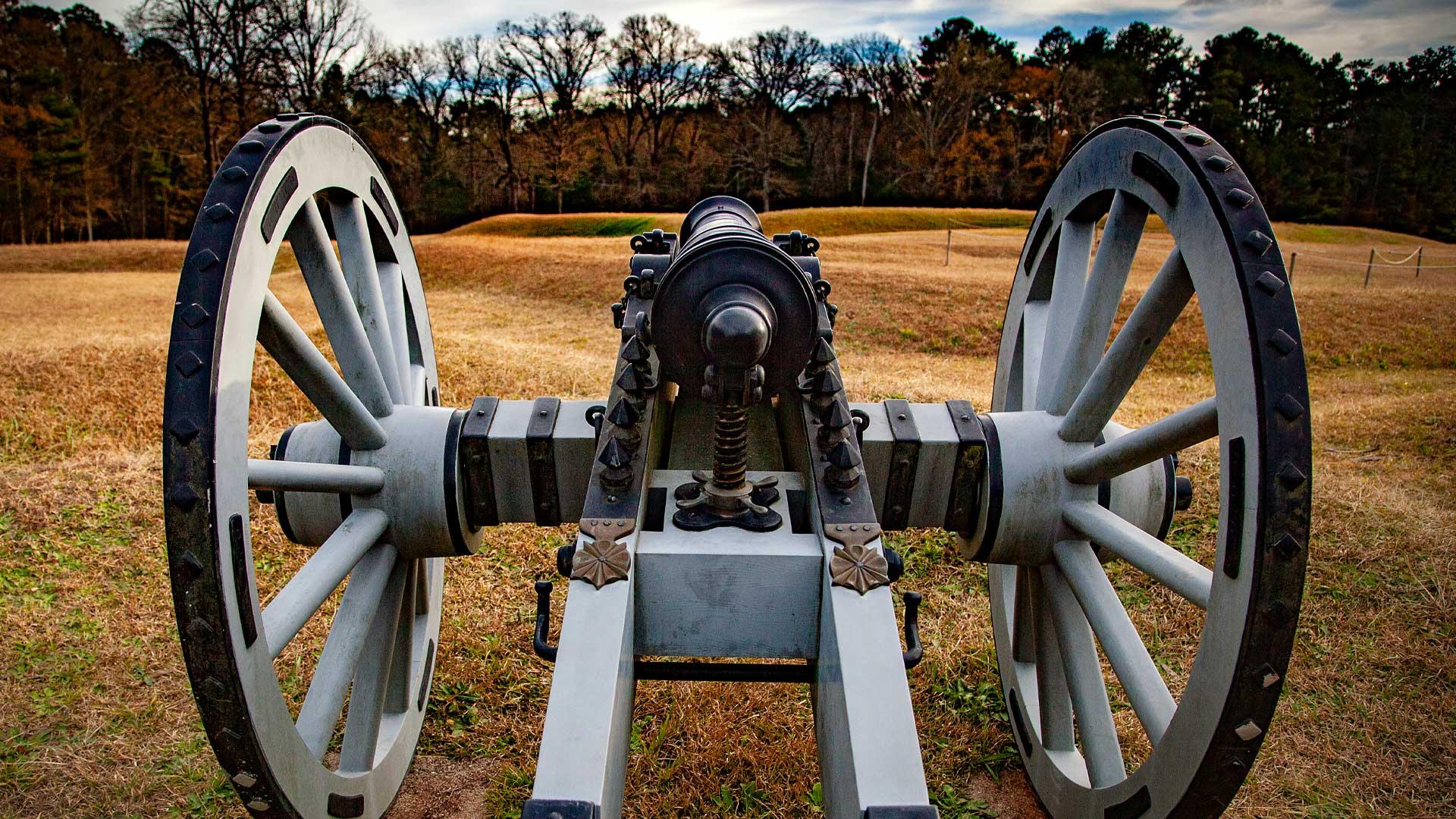
Details
https://www.nps.gov/nisi/index.htm
The town of Ninety Six served as the location for two important events in the Revolutionary War. First, in 1775, was the first conflict between Patriot rebels and British troops outside of Lexington and Concord. Later, occupying British forces constructed a fort near the town that was later besieged by General Nathaneal Greene. In addition, the town provided many examples of women actively participating in the struggle for Independence, such as Grace and Nancy Martin, who served as spies and couriers for General Greene.
Time
2-3 Hours
What to do
- The Visitor Center presents multiple detailed publications and historic paintings on the important figures who spent time in Ninety-Six, especially the leaders of the siege. It also contains the book “Awesome Women,” about women from all thirteen colonies participating in the war, available for purchase.
- The Star Fort, built by the British in 1780, is one of the best-preserved examples of late 18th fortifications in the region.
